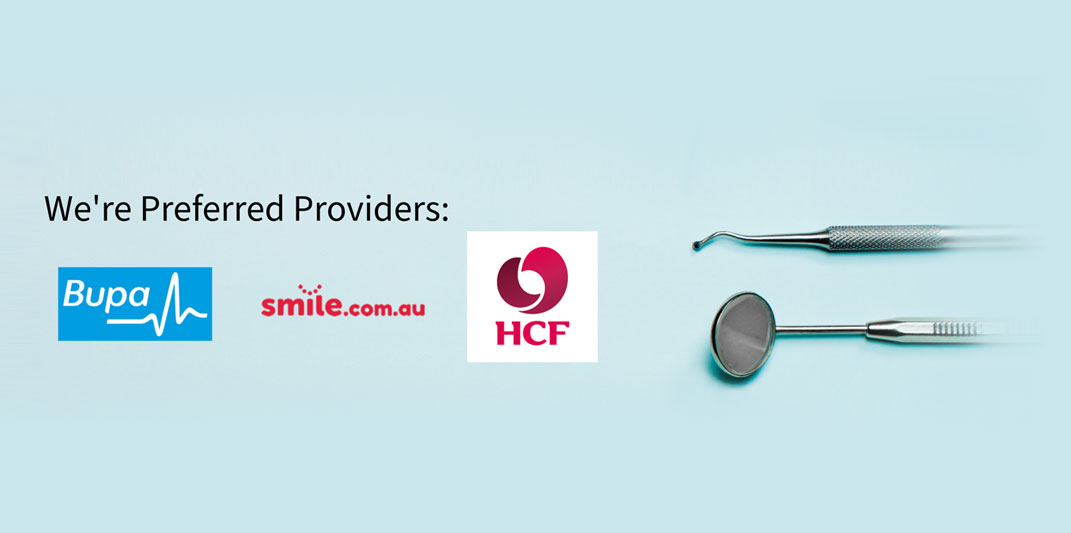Scaling and Root Planing
What is Scaling and Root Planing?
Periodontal scaling and root planing are the most common treatment for early stage gum disease. This procedure is performed either when gum tissue retracts from the base of your teeth or tartar (calculus) forms around the roots of the teeth.
Procedure for Scaling and Root Planing
You will be given a local anaesthetic to numb the roots of the teeth as well as the gums, during the procedure. Your dentist will use a cleaning tool, a standard scraping tool or an ultrasonic scaling tool to clean the teeth and gum tissue all the way down to the roots. Antibiotic fibres are often inserted into the pockets between your teeth and gums to speed up the healing process and to prevent infection. These fibres are usually removed 1 week after the procedure.
Following the procedure, you may have minimal discomfort and numbness in your lips and gums until the anaesthetic effect wears off.
Risks of Scaling and Root Planing
During periodontal scaling and root planing, the harmful bacteria can travel, via the bloodstream, to other parts of the body. Gum tissue is also at an increased risk of infection. Antibiotics may be needed before and after the procedure, in people at an increased risk for infections such as those with heart problems, a weakened immune system, and recent history of major surgeries.
Periodontal scaling and root planing are a simple and effective procedure to prevent the progression of gum disease. After this procedure, it is very important to brush and floss regularly. Taking good care of your teeth and gums can prevent aggravation of the disease. Smoking delays the healing process; hence it is recommended to refrain from smoking following root planning and scaling.









